by Winding Pathways | Jun 1, 2023 | (Sub)Urban Homesteading, Energy Efficiency
Mumbo Jumbo
“That solar stuff is just a bunch of mumbo jumbo,” said the passenger sitting next to Rich on a recent flight from Newark, New Jersey, to Charlotte, North Carolina.
As the plane climbed over urban New Jersey, he could see solar collectors on large flat roofs below the plane. When it descended into Charlotte no solar was visible on similar buildings. Rich’s seatmate was a man from the Charlotte area who told him that solar is mumbo jumbo.
We LOVE this type of Mumbo Jumbo!
Really! Our May 2023 electric bill showed that we owe our utility $12.51. The average Iowa home’s monthly electric bill is $145. Ours is $132.45 lower. That’s neither chump change nor mumbo jumbo.
Our bill is low because we’re careful to turn off electric-consuming devices not in use, and when buying new appliances, we opt for efficient models. We installed a small net-metered solar system seven years ago. It cost about $9,000 but tax credits brought our cost to about half that. We’re reaping Solar’s benefits through reduced electric bills, and our system is projected to last at least 25 years.
Industrial and Commercial Uses

Peoples church installed solar panels after roof repairs and upgrading lights and HVAC.
Solar also disproved mumbo jumbo at Peoples Church Unitarian Universalist in Cedar Rapids. A solar electric system was installed in the fall of 2021. For the prior year monthly electric bills averaged $226. After solar it was $60 but about half of that was the cost of a leased parking lot light. When it was removed the Church’s monthly electric cost dropped to $22. That’s hardly mumbo jumbo.
Practice Conservation to Increase $ In Your Wallets
Some considerations need to be taken into account. These can be overcome when you want to install solar. A recent news article revealed that even people with average incomes lack $400 ready cash for emergency needs – i.e. a new appliance. So, families and businesses, schools and churches need to practice cost conservation from the “git go”. Replace inefficient lights. Turn off lights, especially those energy hog outdoor and yard lights. You don’t need them! Install motion sensors in areas such as classrooms, restrooms, and offices. Turn OFF computers when you are not using them. Leaving them on is just plain lazy. Unplug “vampire” appliances like toasters and coffee pots. They quietly wolf down energy spiking your bills. Turn off and drag up from the cellar that inefficient old freezer/refrigerator or stove. Alliant Energy gives you $ for these dinosaurs. Save that for buying a solar system. You end up with more space, less waste, and money in your pocket. Before you swap out air conditioners for an efficient one caulk your home to plug leaks. Other ways exist to save money and then save for solar. It is worth it.
Look Around for Examples That Disprove Mumbo Jumbo
Thanks to the declining cost of solar and new Federal tax credits, installing solar is a wise financial investment that reduces both bills and fossil fuel emissions. It is NOT mumbo jumbo.
-
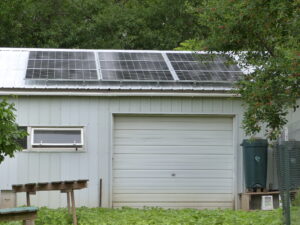
-
Solar powers our home and the light needed for the coop.
-
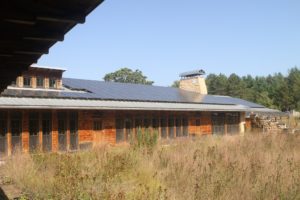
-
The main building of the Leopold Center has Platinum LEED designation. mn
-
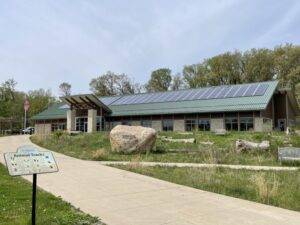
-
First net-metered solar panels in the state.
by Winding Pathways | May 25, 2023 | Foraging, Nature
The Guys Do the Work
Some aspects of sunfish sex are bizarre. Here is a huge family of many species of fish where the guys do the hard work caring for their babies. That’s unusual in the animal kingdom, where normally mom cares for the young.
There are many sunfish species. Most are native to the eastern United States but they’ve been stocked all over the world. Bluegills, pumpkinseeds green sunfish, and crappies are abundant, easy to catch, and tasty. That’s why they’re called “panfish.” Largemouth and smallmouth bass also belong to the Centrarchidae, or sunfish, family but most people consider them gamefish.
How It Works
As water warms in the spring, the males of most sunfish species create a round depression in the sand in shallow areas of a lake or pond. Females don’t help a bit with nest building and spend their days cruising the water seeking tasty invertebrates to eat. They visit a nest only to lay eggs, which are immediately fertilized by the tending male. She leaves. He stays. Lots of pesky small fish love eating sunfish eggs, so the poor male spends his days chasing them off. Finally, after the eggs hatch and babies leave the nest, he’s free to join the females roaming the pond.
Many sunfish species nest throughout the warm months, while others, like bass and crappies, have one spawning season. One part of sunfish sex is absolutely strange.
Unusual Area
A four-acre pond where Rich fishes has relatively deep water and only one shallow area suitable for sunfish to nest. It is small so round nests are crowded together, forcing the two sunfish species to spawn near each other.
Green Sunfish are smallish but aggressive colorful fish with relatively large mouths. They usually dwell in rocky areas. Bluegills are one of the largest of the sunfish. When both nest in close proximity hybrids result. They look a little different from each parent species. The strange part is that nearly all the hybrids are males!
Sunfish are amazingly common, fascinating, and often colorful. Males are fun to watch as they patrol their circular nests driving off intruders.
-
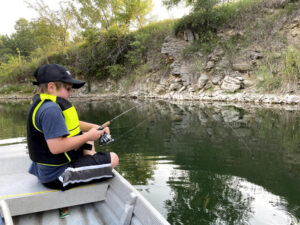
-
Sunfish are fun to catch.
-
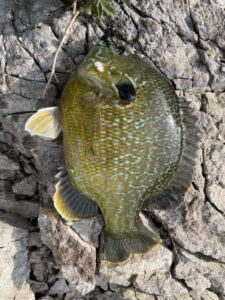
-
Chunky hybrid sunfish.
by Winding Pathways | May 4, 2023 | (Sub)Urban Homesteading, Travel/Columns
For nearly a decade we have been posting Winding Pathways Blogs mostly about various items of nature, especially those encountered in yards and around homes. Topics appear seasonally and we can usually find a new “spin” to keep blogs fresh. We have a large inventory of free information on our website, Winding Pathways.
Branching Out
But, change is good, so we decided to shift the focus somewhat and branch out. We will incorporate aspects of our travels, especially those with a nature focus. We will encourage readers to look at familiar and unique places with new eyes. We might address issues and topics of broader interest.
Perhaps a look at the emotional and experiential aspects of yards, nature, and exploring our world. There is always something new to discover and consider both around homes and farther afield.
Stick with us and consider occasionally sharing your experiences, too. As editors, we weave these in as they fit our needs.
-
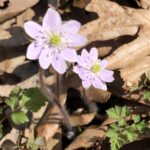
-
Early spring flowers
-
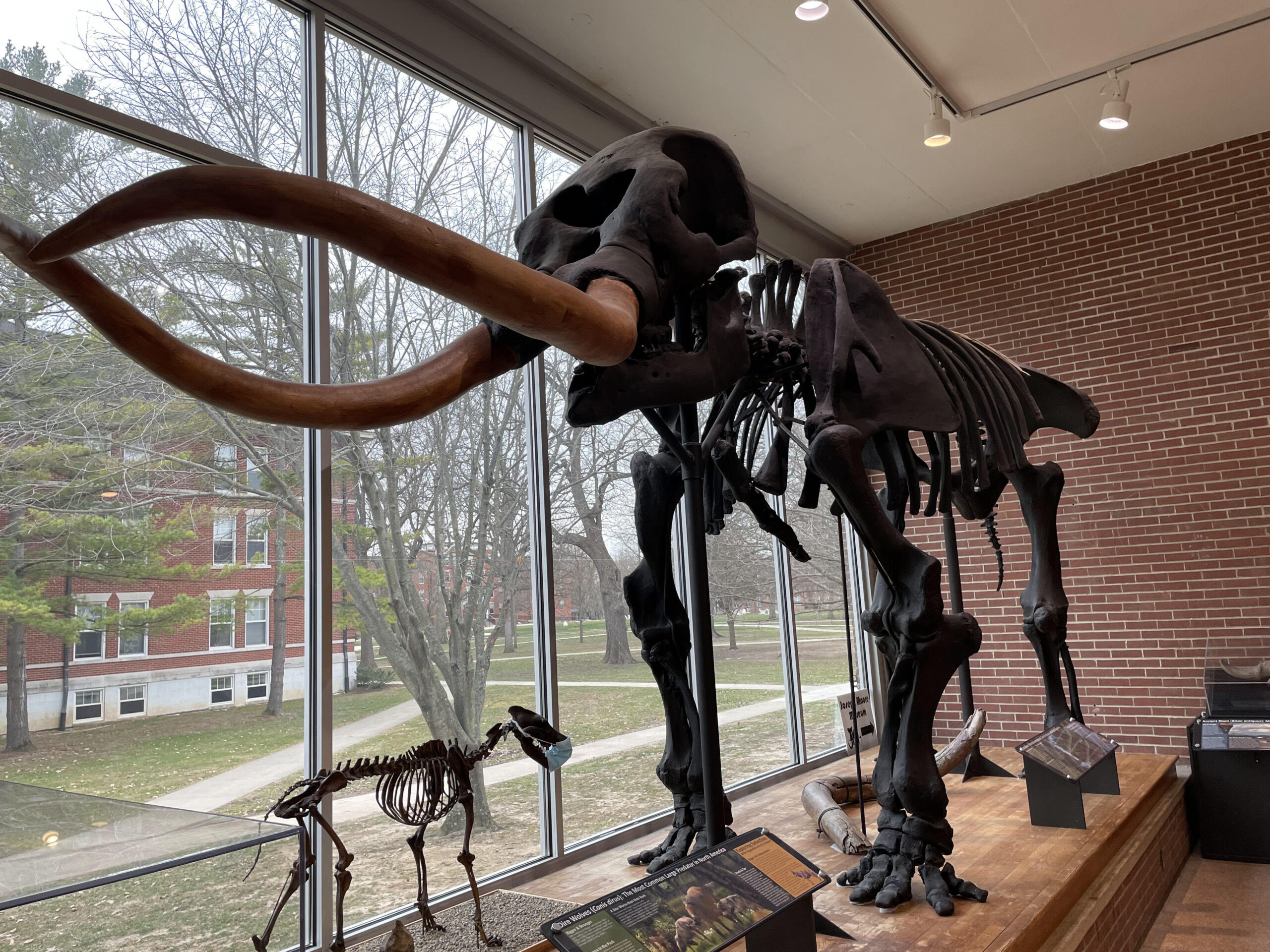
-
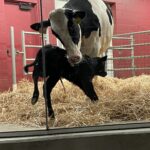
-
Wobbly legs
by Winding Pathways | Apr 27, 2023 | (Sub)Urban Homesteading, Birds, Nature
Sometimes we feel sorry for Lonely Louie, so sorry that we toss him a scoop of corn.
Flocks of wild turkeys have been visiting our yard almost daily for years. Most often we see gobbler groups. They are adult males with long beards and spurs. Once in a while a group of hens stops by to glean seeds under our bird feeders. They are sleeker than males and lack a beard. And, rarely, hens appear with a clutch of poults. An exciting event indeed!
-
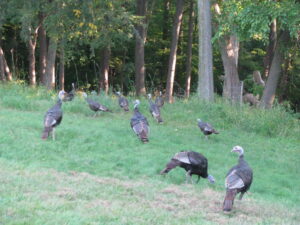
-
A dozen or so males routinely visited the yard.
-
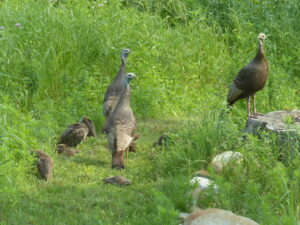
-
Rarely we would see hens with young.
About two years ago a threesome of males began visiting every day. Sometimes two or three times a day. We called them Huey, Duey and Louie. They seemed inseparable, and we never saw them alone. Late evenings we sometimes watched them flap up to tall tree branches to roost for the night.
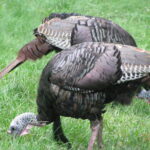
Huey and Louie
Then, only two visited. Huey and Louie. We never learned what happened to Duey. Maybe a predator enjoyed him for a meal. Or, he may have had an accident. It is a mystery, but we continued enjoying visits by the other two.
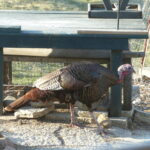
Lonely Louie looks for corn
One day Louie showed up alone. We haven’t seen his companion since. Lonely Louie is now trully a loner. If he’s in the yard and a flock of turkeys appears Louie stays away. He seems shunned by the others. Maybe he’s just shy.
He seems to miss his two friends. So do we, but we enjoy seeing Lonely Louie and know he appreciates the scoop of corn we toss out when he arrives.
by Winding Pathways | Apr 20, 2023 | (Sub)Urban Homesteading, Garden/Yard, Garden/Yard
People make a “to-do” about moles. They might be the most disliked animal in suburbia. We have them at Winding Pathways and are sharing tips on what we do about them.
Human Created Problems
Suburban and urban soil has a common problem. It is too often compacted. Construction companies often scrape topsoil off a yard before building a house. Then, they drive vehicles in the yard. When a family moves in, they soon create a dog run, drive their cars on the grass, and play on the lawn. Too many footsteps by pooches or people compact the ground.
Nature Has Solutions
Lawn plants struggle to thrive in tight soil, but nature has a remedy. Fossorial animals live in the soil and include moles, gophers, shrews, ants, worms, and others. Their burrowing constantly mixes and softens the dirt they live in, making it easier for plants to live.
Moles or Gophers?
People often confuse moles with gophers, but it’s easy to tell them apart. Moles prefer living in moist shady places and are at home in suburbia. They eat grubs and worms. Gophers, in contrast, are more likely to live in rural sunny pastures with dry soil and mostly eat roots. Mole hills are symmetrical, like mini volcano cones. Gophers, in contrast, make elliptical hills.
What Do You Really Value?
Ironically, most people who trap or poison moles profess to love a rich, green, “healthy” lawn, ignoring that nature loves diversity, not monocultures. Moles help make healthy lawns happen. Granted their hills of dirt and heaped linear tunnels can be unsightly and catch lawn mower blades.
Here is what we do at Winding Pathways:
- Thank our moles for helping make the soil soft and fertile.
- Rake out their hills before mowing.
- Stomp down their raised tunnels so our lawn mower does not catch on them.
- Enjoy the diversity of life in our yard.
Moles are as fascinating and beneficial as the butterflies that pollinate blooms or the cardinals who pluck seeds from feeders. They deserve respect for their valuable work.
-
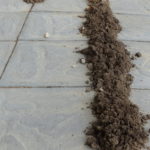
-
Moles bring rich dirt from below to the surface as they tunnel along hunting for earthworms and grubs.
-
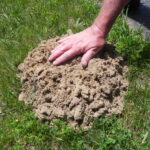
-
Moles sometimes push up excess dirt.
-
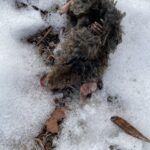
-
Moles’ feet are made for clearing dirt away.
by Winding Pathways | Mar 30, 2023 | (Sub)Urban Homesteading, Travel/Columns
We Bring Along Backpacker Meals*
We don’t do wilderness backpacking anymore but we are never far from backpacker meals at home and when we travel.
Last May we drove to Casper, Wyoming, with plans to set our tent up at Nebraska’s Smith Falls State Park the first night and the Forest Service’s Toadstool Campground the next. Normally, we’re camping softies. After setting our tent up we choose to go to a nearby town and enjoy a restaurant meal. That didn’t work in Nebraska.

Try some tasty meals.
After arriving at Smith Falls Park, we set up camp and walked to the surprisingly tall waterfall. Gorgeous! Worth a visit. Then, it was dinner time and we were hungry. But no town or restaurant was within miles and we’d already spent too much time in the car that day. So, we pulled our GoodTo-Go backpacker meal bin out of the car.
Our small bin contains these things:
- A few backpacker dehydrated meals that keep well. We also use Right On Trek.
- A tiny backpacker stove and fuel bottle – and matches!
- A bottle of water and a small pot.
- Utensils and bowls.
Within minutes we had our Pocket Rocket stove beneath a pot of boiling water. Soon our dehydrated meal was ready to eat. It hit the spot, cleanup was easy, and we had enough time before darkness for a birding walk.
-
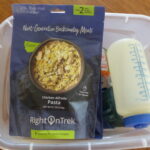
-
A small bin holds all we need.
-
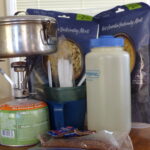
-
Items on display
Dehydrated Meals
Many types of dehydrated meals came on the market decades ago. They were OK and fine for hungry, backwoods backpackers but hardly delicious. That’s changed. Today several companies make meals that are easy to prepare with simple camp equipment and are nutritious and quite delicious. Although marketed for backpackers they are perfect for keeping in the car in case there’s no cafe nearby. They’re also outstanding to keep in a basement emergency bin in case a storm knocks out power.
Camp Stoves
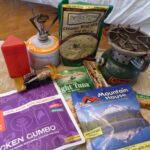
Note the size difference in equipment
Like dehydrated meals, camp stoves have evolved from heavy cumbersome pump-up models of years ago to lightweight compact, and effective backpacking stoves. Ours is called a Pocked Rocket made by MSR. It takes up only a tiny space in our bin and boils water quickly. A fuel bottle lasts for several meals. No pumping is required. Remember matches if the stove lacks an igniter.
Other Things
During COVID-19 we ended up with many disposable knife/fork/spoon sets wrapped in paper napkins packed along with carryout meals. We put unused utensil kits in our meal bin along with a couple of bowls.
When we travel, even to visit friends or relatives knowing we will stay with them, we always stow our backpacker meal bin in the car. Usually, we don’t need it. We eat with friends or a cafe is close to the campground. However, like what happened at Smith Falls, having simple-to-cook meals and a micro stove makes the difference between enjoying a pleasant meal or going to bed hungry.
* Winding Pathways remarks are our own. We make non-paid, independent evaluations unless otherwise noted.




















